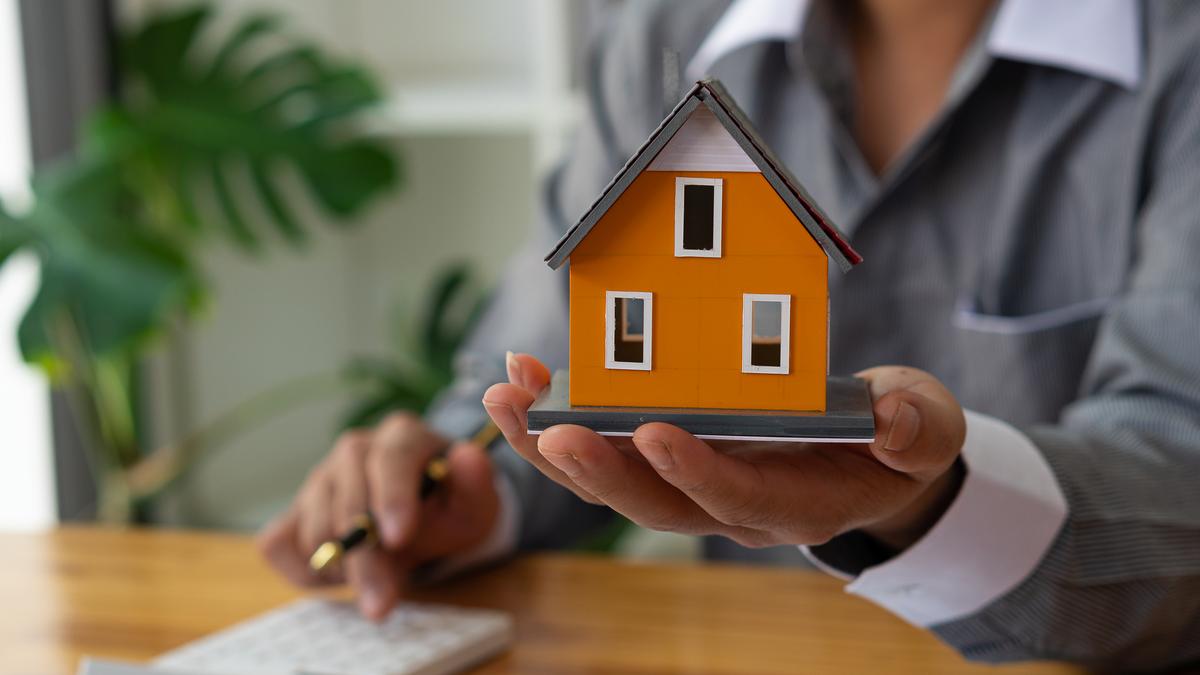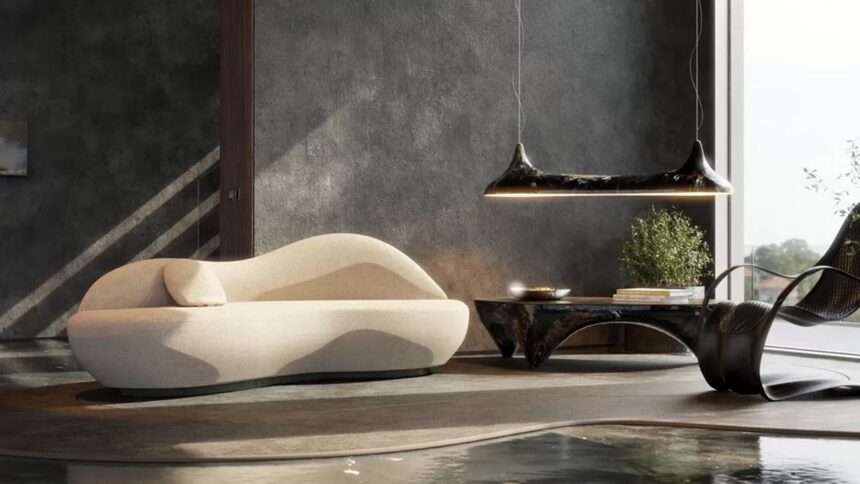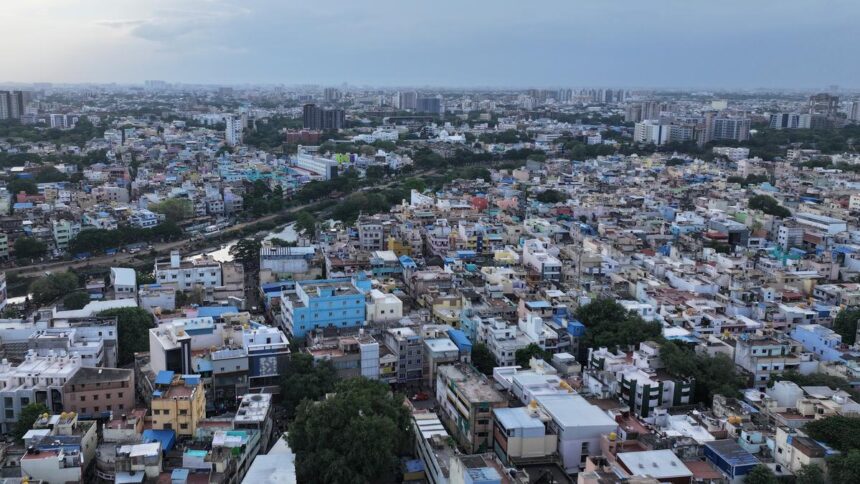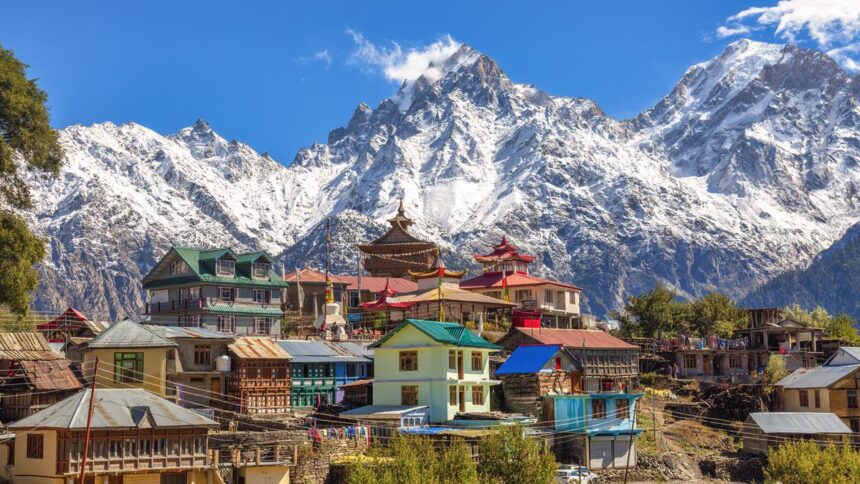While a large section of India’s population is still struggling to have a roof over their heads, and crores of citizens are buying their first homes in their 30s — entering into loans lasting years and paying EMIs until retirement — in contrast, another segment of wealthy individuals is buying second or holiday homes. These are in picturesque locations across the country: some to upgrade their lifestyle, some for peace of mind, and others to work in tranquility. According to analysts, this trend is accelerating in the post-pandemic era. Topping the list of second home destinations is Goa, followed by the Himalayas, the Sahyadri Hills, and Coorg in the South, with specific hotspots including Mussoorie, Rishikesh, Shimla, Kasauli, Mashobra, Alibaug, Lonavala, and the Nilgiris.
Better road connectivity from the nearest main cities to these destinations seems to be one of the main reasons behind people investing in second homes to spend the weekend or the holidays. In the case of Goa, it is excellent air connectivity that is drawing people from all over.
New workstations
There are people who have turned their second homes into primary residences or workplaces due to the convenience and peace of mind such locations provide.
“The second home buyer in Goa has evolved, and they are not traditional high-net-worth individuals (HNIs),” says Fabiola Mendes E. Rodrigues, Director & HR Partner, Bennet & Bernard, a real estate company that has specialised in this segment. “We are seeing a distinct segment emerge: urban professionals in their 30s to 50s, founders, tech entrepreneurs, design-led business owners, and NRIs returning with a global mindset,” she adds. Many are first-time second home buyers. “Pricing ranges between ₹2 crore and ₹7 crore. They are not buying out of impulse or status — they are buying for intention. They are shifting from high-stress metros and choosing a home that supports wellness, stillness, and emotional clarity,” she continues.
This new-age buyer is not asking about chandeliers or clubhouses but prefers natural light, question if the noise is buffered, and if there is a verandah to sit in silence. “They want Vaastu-compliant layouts not just for tradition but to feel balanced. For them, Goa is a place to slow down and reconnect with nature, family, and themselves. Our homes are designed around that rhythm — drawing from Goa’s Indo-Portuguese restraint, with courtyards that breathe and architecture that does not overwhelm,” Rodrigues says. Instead of buying square footage, they are buying ‘space that listens’. “And in today’s market, that is the quietest and truest definition of luxury,” she emphasises.
Meaningful getaways
According to developers, the second-home market segment is witnessing a clear upward trend, especially among affluent urban professionals seeking meaningful getaways that go beyond just occasional vacations.
“We have seen strong interest from doctors, lawyers, consultants, business owners and senior corporate executives: people who already own one or more primary residences in the city and are now looking to invest in a leisure home that offers both emotional and lifestyle value,” says Vijay Dwivedi, Senior VP & Head, Leisure Homes, Ambuja Neotia, which is into second home projects in eastern India. These buyers are typically pressed for time and prefer destinations that are easily accessible — ideally within a one or two-hour drive from a city or close to an airport or railway station.
But more than location, what they are truly seeking is a sense of well-being.
“Privacy, security, and modern comforts are a given, but what makes a difference is access to curated experiences such as wellness amenities, nature trails, social spaces, and engaging activities for all age groups,” Dwivedi says.
Second homes that are integrated with hospitality offerings seem to be preferred by investors. By anchoring these destinations around boutique hospitality, developers are able to offer residents access to multiple F&B options, entertainment, and wellness services — all within the ecosystem.
“This creates a vibrant and enriching environment that feels like a retreat yet functions like a thoughtfully curated community. We have seen this demand thrive in locations like the riverfront near Kolkata and the hills and forests of north Bengal,” he continues. For a segment of people, the second home is no longer just a luxury; it is a smart, future-ready investment.
Financial returns
“With strong capital appreciation, growing rental yields, and the priceless return of wellness and work-life balance, second homes offer both emotional fulfilment and financial sense,” explains Parag Munot, Managing Director, Kalpataru Ltd., which has second home projects in Karjat, Nagpur, and Lonavala in Maharashtra.
According to him, from millennials to NRIs, India’s second home market is where aspiration meets opportunity. Echoing the same sentiment, Ashwin Chadha, CEO, India Sotheby’s International Realty, says that for many buyers, these homes are not just property investments but investments in well-being, work-life balance, and long-term lifestyle freedom.
Second homes are also promising when it comes to rental yield and capital appreciation. Goa, Alibaug, and Kasauli have witnessed capital appreciation of 9% to 12% annually, with some areas in north Goa recording even up to 20% returns, he adds.
Additionally, short-term rentals are generating annual yields of 4% to 6%, often outperforming metro-based luxury apartments. Remote work trends and digital nomads have further pushed year-round demand in these destinations, he says. However, a second home also comes with its own challenges. Ownership can make sense if one uses it regularly or if it generates good financial returns.
“Liquidity, maintenance, and regulatory considerations, especially for NRIs, must be carefully evaluated. Legal clarity, succession planning, and local community dynamics also play a role in long-term satisfaction,” Chadha says.
“HNIs are advised to treat second homes as a strategic addition to their overall real estate portfolio, ideally limiting them to 25% of their total real estate investment. With the right mix of location, legal due diligence, and long-term planning, second homes can offer not just a lifestyle upgrade but also a meaningful financial return,” he says.
Thus, second homes are no longer just retreats but serious lifestyle assets serving both personal and investment goals, if chosen wisely.























